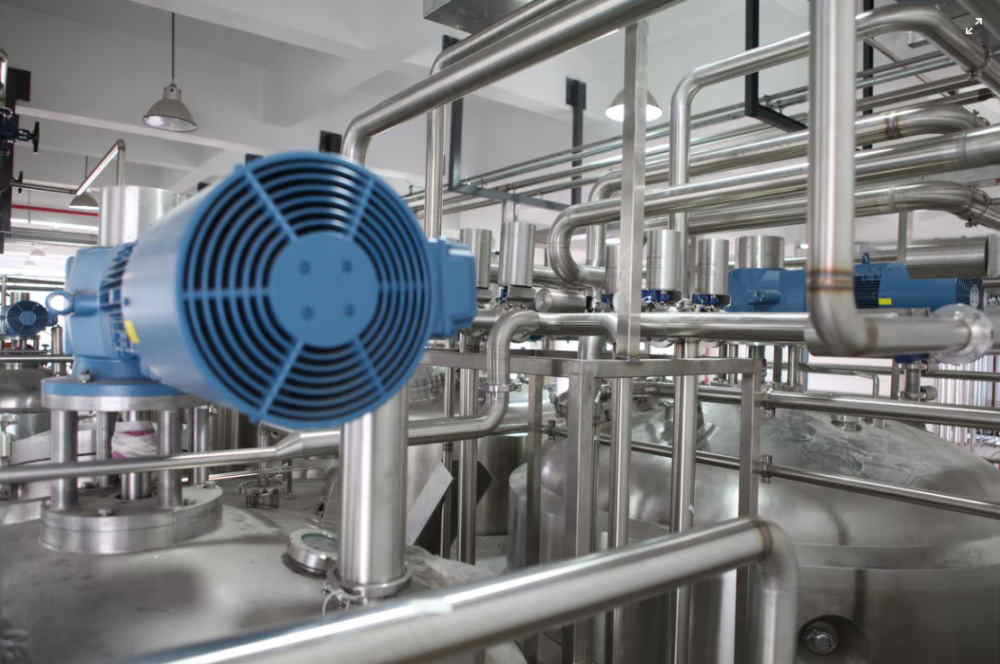Industrial equipment is expensive, often costing businesses tens of thousands of dollars per machine. Given that fact, it makes sense for every company to treat its equipment well and provide machines with the maintenance required to last as long as possible. Following a strict set of care, use, and maintenance guidelines can certainly help, so read on to find out about five ways to incorporate these standards into the business's daily operations to extend the life of its industrial machinery.
1. Commit to Preventative Maintenance
Providing preventative maintenance to industrial machines requires more than just performing basic inspections and lubing moving parts. Any preventative maintenance program worth its weight will also include point-to-point inspections, component rebuilds, data collection, and parts cleaning. Ongoing maintenance can also save industrial facilities money by reducing unexpected breakdowns and downtime, so find details about industrial part cleaners and other essentials online and set up a preventative maintenance program now.
2. Hire Only Thoroughly Trained Machine Operators
Well-trained machine operators can help factory owners extend the life of their machinery in two ways. First, they cause less daily wear to the equipment since they know how to use it properly and can be entrusted with all of the minor day-to-day maintenance tasks they've been trained to perform. Second, they are more likely to recognize machine failures early when they can still be resolved without serious damage.
3. Follow the Manufacturer's Specifications
A machine's manufacturer knows it better than any industrial business owner or even operator. When manufacturers build new machines, they then operate and test them many times before the equipment sees the light of day. All of the factory specifications that must be followed should be clearly laid out in the owner's manual supplied with the equipment, and sticking to those specifications can help to avoid machine breakdowns and other damage.
4. Create Maintenance Checklists
Trained operators know how to perform basic, day-to-day maintenance tasks, but it's still wise to create checklists for each machine that include the key steps that must be taken to use the equipment correctly. Digital maintenance checklists also create an opportunity to collect data on:
- Who performs maintenance tasks and when they're performed
- How much wear the machines have accrued
- The fluid levels
- Visible damage
- The machines' performance
Taking the time to document a machine's precise condition using either CMMS software or other standards offers a detailed picture of its performance. It also helps to identify operator abuse and resultant damage.
5. Maintain Detailed Service Records
Each time a machine receives an inspection, preventative maintenance, or repairs, it should be recorded. Detailed service records provide a complete picture of a machine's status. Inspectors and repair technicians should note the status of every aspect of the machine, from its lights and belts to its fuel tank and undercarriage, not just the condition of the parts that currently require maintenance or repairs. This record will make it easier to determine how a problem began should a breakdown occur.
Maintenance Is the Key to Longevity
As with just about any type of machine, providing industrial equipment with ongoing maintenance is the key to extending its longevity. Create a comprehensive maintenance plan and stick to it to make sure each machine on the factory floor provides the company with maximum lifetime value.
